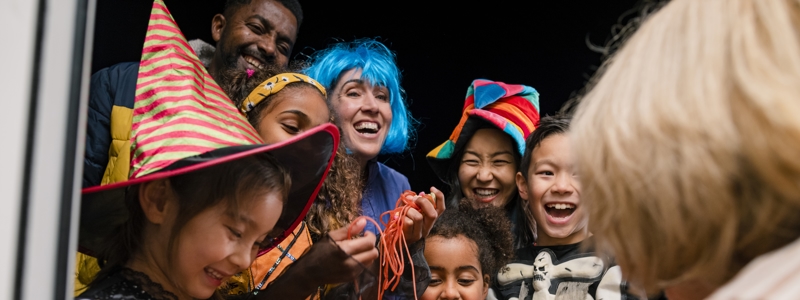Diving into books with your children isn’t just about learning new words; it’s about sparking imagination, understanding the world, and sharing some special moments together.
From the colourful pages of picture books for the little ones to the complex worlds found in novels for teens, each genre opens up new avenues for exploration and bonding.
Here’s a parent-friendly guide to navigating this exciting journey through genres, and how you can make reading a cherished part of your family life.
Popular Genres in Children’s Literature
Before we begin, here’s a list of popular genres in children’s books, catering to various age groups and interests:
Picture Books: Typically for toddlers and young children, featuring stories told primarily through illustrations with minimal text.
Fairy Tales and Folklore: Classic and modern tales featuring magical elements, lessons, and mythical creatures.
Fantasy: Stories set in imaginative worlds with magical elements, fantastical creatures, and adventurous quests.
Science Fiction: Books that explore futuristic concepts, space exploration, and advanced technology.
Adventure: Tales of exploration and exciting journeys, often featuring brave heroes and thrilling plots.
Mystery and Detective Stories: Whodunits and puzzles for children to solve, featuring young detectives and mysterious situations.
Historical Fiction: Stories set in a specific historical period, offering insights into the past with fictional characters and events.
Realistic Fiction: Books that reflect real-life situations and challenges, relevant to children’s everyday experiences.
Humour: Stories designed to entertain and amuse, often featuring quirky characters and funny situations.
Graphic Novels: Comic book-style narratives that tell a story through a combination of text and illustrations.
Non-Fiction: Informative books covering a wide range of topics such as animals, space, history, and science, aimed at educating young readers.
Poetry and Rhymes: Collections of poems and rhymes that play with language, sounds, and rhythms, suitable for all ages.
Biographies and Autobiographies: Stories about the lives of famous people, tailored for a young audience.
Dystopian and Utopian: Novels set in imagined futures or societies, often exploring social and political themes suitable for older children and teens.
Coming-of-Age: Stories that focus on the growth and personal development of the protagonist, typically aimed at middle graders and teenagers.
Starting Out: Picture Books and Bedtime Stories
For the tiny tots, picture books and simple bedtime stories are where the magic begins. These books are packed with bright illustrations and tales that captivate their young minds.
Make Bedtimes Magical: Make reading a fun, interactive activity. Use funny voices for characters when reading aloud, and let your child turn the pages. It’s a beautiful way to introduce the love of stories and make those bedtime moments even more special.
Growing Up: Exploring Fairy Tales and Adventures
As your kids grow, introduce them to the enchanting world of fairy tales, myths, and adventure stories. These books not only entertain but also teach valuable lessons about bravery, kindness, and curiosity.
Make Time For Family Reading Time: Pick a book and read it together, then chat about the story. It’s a great way to hear what your child thinks and feels about the adventures the characters go through.
Tween Years: Diving into Fantasy, Sci-Fi, and Mysteries
For the curious minds of tweens, fantasy and science fiction books offer endless possibilities, while mysteries keep them guessing till the last page.
Discussion Time: Share your thoughts on the book’s world or the mystery’s solution. It’s a fantastic way to engage with your child’s imagination and encourage them to think critically and creatively.
Teenage Times: Real-Life Stories, History, and Beyond
Books can become a source of solace, knowledge, and inspiration as your child enters their teenage years. Realistic fiction can reflect their own experiences, historical fiction can open a window to the past, and non-fiction can cater to their burgeoning interests.
Independent Reading Encouragement: Support them in choosing their own books, but also suggest reading the same book separately and having discussions about it. It respects their growing independence while keeping the conversation going.
The Joy of Reading Together and Independently
Reading shouldn’t just be a solo journey. Sharing stories, discussing characters, and exploring themes together can strengthen your bond with your child. Yet, encouraging them to read independently lets them develop personal interests and discover their unique taste in books.
Tutor Doctor’s Role in Your Child’s Reading Journey
Navigating through the world of books can be as thrilling as the stories themselves, and Tutor Doctor is here to make that journey even more rewarding.
Our private tutors don’t just help with reading and comprehension; they inspire a love for literature that lasts a lifetime. Tailored to your child’s interests and reading level, our support turns reading from a task into a treasure trove of adventures and imagination. Find a local tutor and discover how our tutors can help your child to thrive academically.




